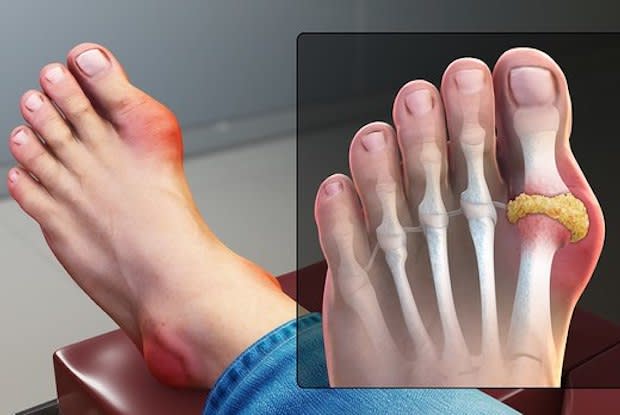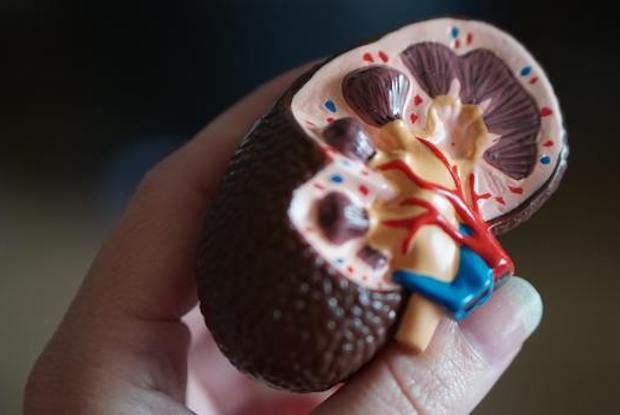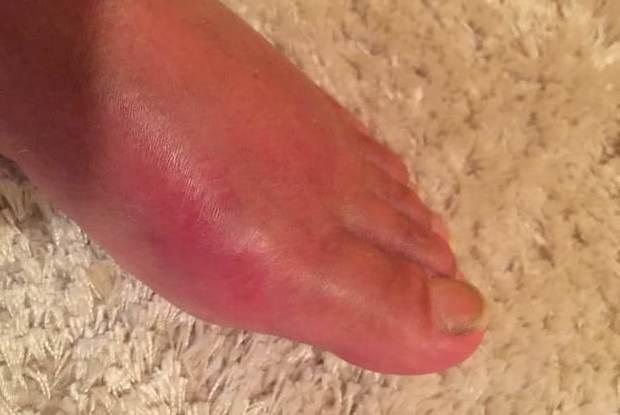Table of Contents
What is gout?
The rate of gout has increased steadily over the last few decades. Gout affects over 8 million people in the United States, which equates to 4 percent of the population. This condition has become more and more prevalent in the United States because of the growing obesity crisis and a greater frequency of high blood pressure.
Gout is a type of arthritis that is triggered by the crystallization of uric acid inside the joints. This buildup of uric acid causes severe swelling and pain in the affected joint. Gout can be a painful condition that can affect everyday life. Gout often occurs in sporadic attacks, most often in the middle of the night. In the majority of cases, gout affects the base of the big toe.
There are several factors that can impact your risk of developing gout, so it is important to be aware of how to keep your joints healthy. Read on to learn more about symptoms and treatment for gout. [1]
Get savings updates for Colchicine
Symptoms of gout
Symptoms of gout occur when uric acid does not dissolve properly. Uric acid is the chemical created when the body breaks down substances called purines. Purines are produced in the body when certain foods are consumed. Normally, uric acid dissolves in your blood and passes through the kidneys to be excreted through urine. Gout occurs when the body produces too much uric acid. Too much uric acid can form sharp crystals in a joint, which leads to inflammation and swelling. In some cases, painful complications can also occur.

The symptoms of gout occur suddenly and make it hard to sleep at night. Toe pain is the most typical, but gout can also affect the ankles, knees, elbows, wrists, and fingers. The three most common symptoms of gout include:
Intense joint pain: This is the most common symptom of gout and it is likely to affect any joint. The pain may be severe within the first four to 12 hours after the onset of gout symptoms.
Inflammation and redness: These symptoms occur when the affected joints become tender, swollen, warm, and red.
Lingering discomfort: Discomfort of the affected joint occurs long after an attack of gout. This discomfort can occur for a few days to a few weeks.
Limited range of motion: A prolonged gout condition may make it more difficult to move your joints normally.

Risk factors for gout
As described earlier, the breakdown of purines is what leads to uric crystal formation and symptoms of gout. There are several factors that can increase the uric acid level in the body. Risk factors for gout can include:
Diet: If you regularly consume meat, seafood, and beverages high in fruit sugar then you may have increased levels of uric acid. Beer is also a common beverage that can lead to gout. Visit here to learn more about how to have a healthy diet while living with gout.
Obesity: Those with a high BMI (body mass index) are more likely to develop gout because a body with higher fat levels develops more uric acid.
Medications: Many medications can lead to spikes in uric acid. These medications can include diuretics and low-dose aspirin.
Family history: Gout can also be inherited and if you have family members that have gout, you are more likely to develop it.
Age and sex: Men are more likely to get gout because women typically have lower uric acid levels. Men between the ages of 30 and 50 are at a higher risk factor. After menopause, women are more likely to get gout.
Prior medical conditions: If you have untreated high blood pressure and chronic conditions like diabetes, metabolic syndrome, heart disease, or kidney disease you are more likely to develop gout. [2]
Diagnosis
It is important to see your doctor if you start to experience sudden intense pain in a joint. Leaving gout untreated can lead to long-term joint damage and lingering pain. Your doctor will ask you to describe your joint pain and how often you experience discomfort.
If your doctor thinks you may have gout, then they will order a blood and joint fluid test. A joint fluid test involves using a needle to draw fluid from the affected joint. The fluid will be examined under a microscope to see if urate crystals are visible. A blood test will also measure the levels of uric acid in the blood.

Treatments for gout
There are several medications available to treat gout and It is important to get treatment for your gout to prevent permanent joint damage. Common nonsteroidal anti-inflammatory drugs (NSAIDs) are used to reduce joint inflammation. Drugs like ibuprofen can help reduce symptoms. Some of these drugs can be bought over-the-counter, but your doctor may prescribe a higher dose to prevent an acute attack of gout. [3]
Colchicine, also known as Colcrys, is also a popular prescription prescribed for this condition. This drug is a pain reliever that can effectively reduce gout pain. It is essential to take this drug as prescribed by your doctor. Colchicine works by decreasing swelling and lessening the build-up of uric acid crystals that cause the pain associated with gout. [4]
If these medications are not effective, your doctor may inject corticosteroids into the affected joint to prevent gout inflammation and pain. Medications help with gout, but there are several supplements and food you can take at home to help your condition or lower your risk of developing gout. Always consult your doctor before taking any natural or herbal supplements. [3]
The content in this article is intended for informational purposes only. This website does not provide medical advice. In all circumstances, you should always seek the advice of your physician and/or other qualified health professionals(s) for drug, medical condition, or treatment advice. The content provided on this website is not a substitute for professional medical advice, diagnosis or treatment.
